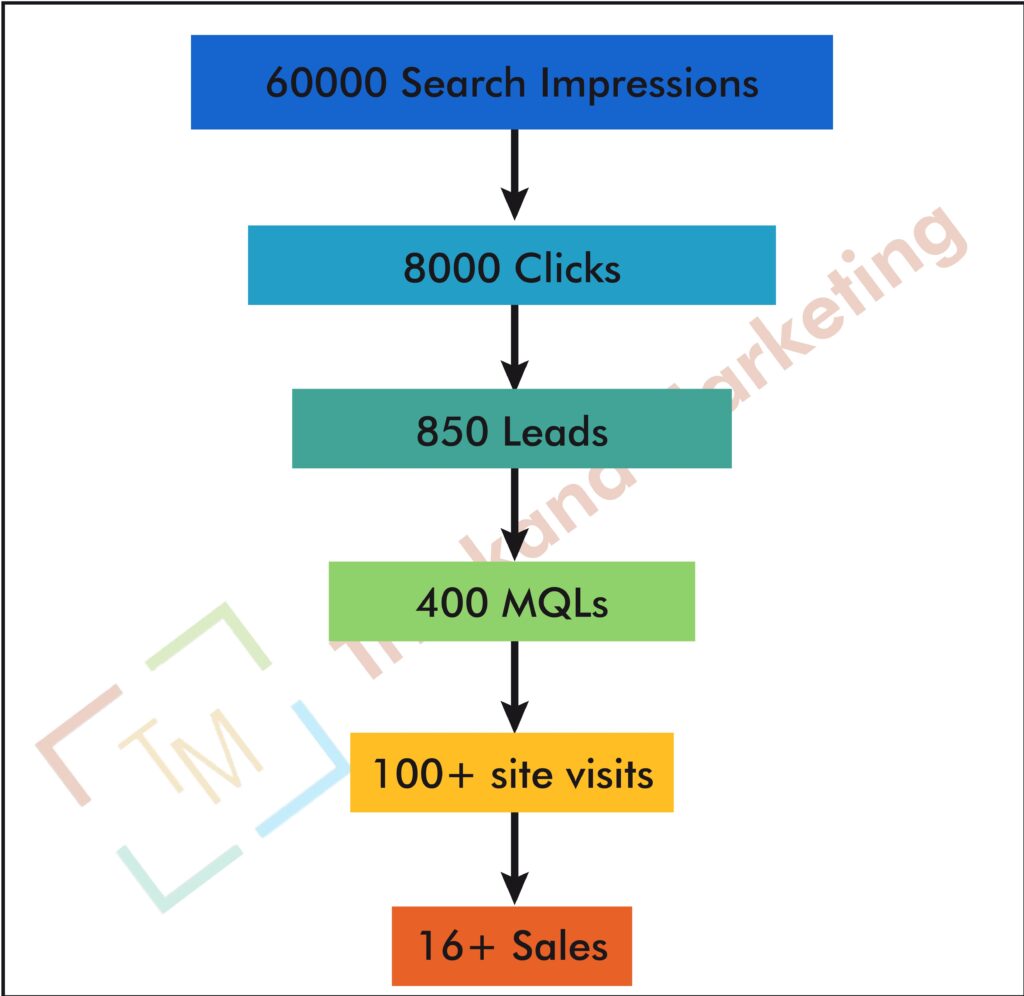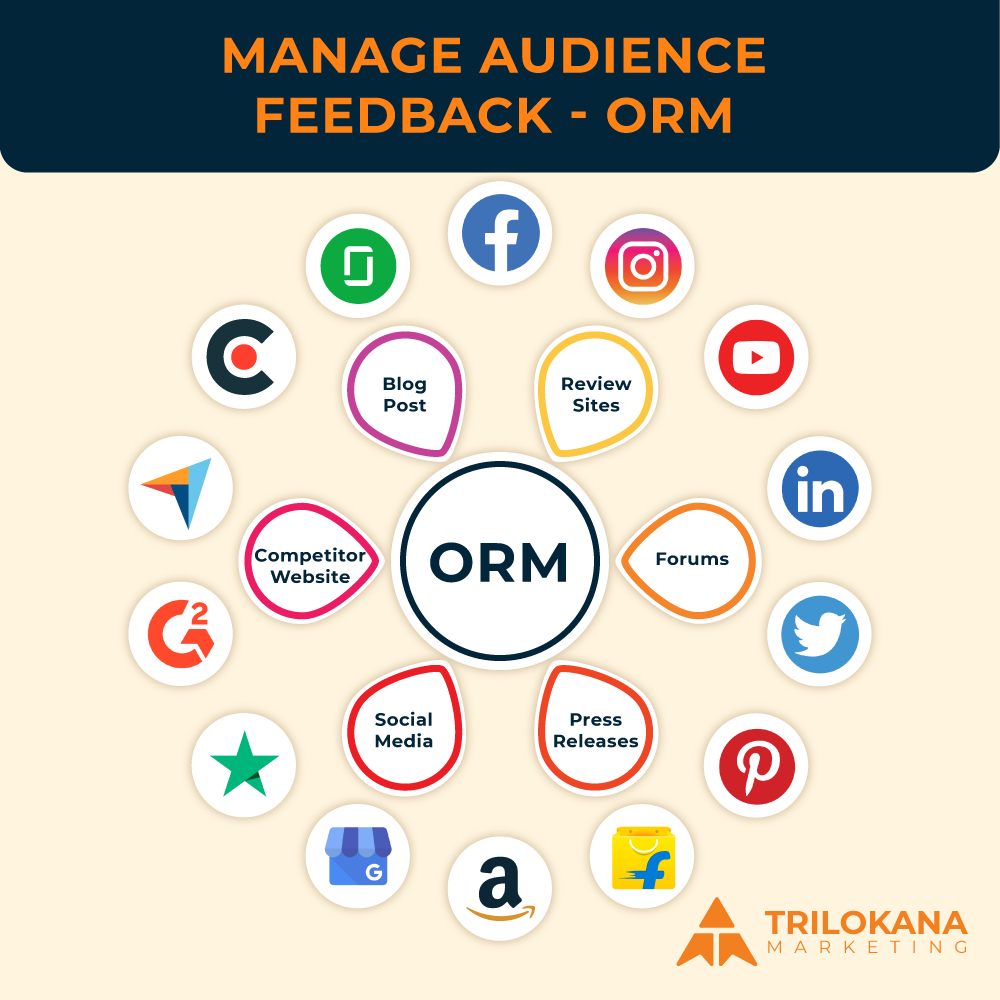In a digital world where conversations happen around the clock, understanding what your audience is saying about your brand, industry, and competitors can provide a wealth of strategic insights. Social media listening has emerged as a critical tool for modern marketers, enabling them to tap into these conversations, extract valuable data, and use it to shape and refine their marketing strategies. This guide explores how social media listening can transform your marketing strategy by providing actionable insights that lead to more effective campaigns, improved customer relationships, and enhanced brand reputation.
“Your audience is talking—are you listening?”
Understanding Social Media Listening
Before diving into its strategic benefits, it’s essential to understand what social media listening entails. At its core, social media listening involves monitoring social platforms to capture mentions, discussions, and sentiment about your brand, competitors, or industry. This goes beyond simply counting likes or retweets; it involves analyzing the context and underlying themes of these conversations to gain a deeper understanding of your audience’s needs, preferences, and behaviors.
Social media listening is a proactive approach to digital marketing, where insights gathered from real-time data guide strategic decisions, allowing brands to stay agile and responsive in a fast-paced environment.
“Social media listening: the key to understanding your audience’s true voice.”
Benefits of Social Media Listening for Marketing Strategy
1. Identifying Customer Pain Points
One of the most significant advantages of social media listening is the ability to identify and address customer pain points in real-time. By monitoring conversations, you can uncover recurring issues or concerns that your customers are experiencing. This information is invaluable for refining your products or services to better meet customer needs.
For example, if a significant number of customers are expressing frustration with a particular feature of your product, you can prioritize improvements in that area. Addressing these pain points not only enhances customer satisfaction but also shows your audience that you are listening and care about their experiences.
“Transform customer complaints into opportunities for improvement with social media listening.”
2. Refining Targeting and Personalization
Social media listening helps you gain a deeper understanding of your audience’s demographics, interests, and behaviors. With this data, you can refine your targeting strategies to ensure that your marketing efforts reach the right people with the right message.
Moreover, social media listening allows you to personalize your marketing campaigns based on what you learn about your audience. By understanding what resonates with them, you can create more relevant content, offers, and messaging that speak directly to their needs and preferences.
“Fine-tune your marketing efforts by listening to what your audience truly cares about.”
3. Enhancing Content Strategy
A successful marketing strategy relies heavily on creating content that engages and resonates with your audience. Social media listening provides insights into the topics, formats, and types of content that your audience finds most engaging.
By identifying trending topics and popular discussions within your industry, you can tailor your content strategy to address these themes, ensuring that your brand remains relevant and top-of-mind. This approach not only boosts engagement but also positions your brand as a thought leader in your niche.
“Craft compelling content by tapping into the conversations that matter most to your audience.”
4. Competitor Analysis
Keeping an eye on your competitors is crucial for staying competitive in your industry. Social media listening allows you to monitor what your competitors are doing, how their audience is reacting, and where there might be gaps or opportunities for your brand to differentiate itself.
By analyzing competitors’ strengths and weaknesses, you can adjust your marketing strategy to exploit opportunities or address threats. For instance, if you notice that a competitor’s campaign is receiving negative feedback, you can learn from their mistakes and adjust your strategy to avoid similar pitfalls.
“Outsmart your competition by listening to their audience just as closely as your own.”
5. Crisis Management and Reputation Building
In the age of social media, a brand’s reputation can be significantly impacted by how it handles crises and negative feedback. Social media listening enables you to identify potential issues before they escalate into full-blown crises. By monitoring sentiment and identifying spikes in negative mentions, you can address issues proactively, mitigating damage and maintaining trust with your audience.
Moreover, consistent social media listening helps you build and maintain a positive brand reputation by showing that you are responsive and attentive to your audience’s concerns.
“Protect and enhance your brand’s reputation with proactive social media listening.”
Implementing Social Media Listening in Your Marketing Strategy
1. Set Clear Objectives
To effectively integrate social media listening into your marketing strategy, start by setting clear objectives. Whether your goal is to improve customer service, refine your content strategy, or enhance brand reputation, having defined goals will guide your listening efforts and help you measure success.
“Clear objectives pave the way for effective social media listening and actionable insights.”
2. Select the Right Tools
Choose social media listening tools that align with your objectives. Tools like Brandwatch, Hootsuite, Sprout Social, and Mention offer various features for tracking mentions, analyzing sentiment, and identifying trends. The right tool will help you collect and analyze data efficiently, providing you with the insights needed to inform your strategy.
“Equip your brand with the right tools to uncover the full potential of social media listening.”
3. Monitor Relevant Platforms
To get a complete picture, monitor conversations across all relevant social media platforms, including Twitter, Facebook, Instagram, LinkedIn, and niche forums where your audience may be active. Each platform offers unique insights, and by monitoring multiple channels, you ensure that you’re capturing all relevant conversations.
“Broaden your listening scope across all platforms to capture diverse insights.”
4. Analyze and Interpret Data
The true value of social media listening lies in the analysis of the data collected. Look for patterns, themes, and anomalies in the conversations you’re monitoring. Use these insights to identify opportunities, understand customer sentiment, and refine your marketing strategies accordingly.
Turn social media data into strategic actions with thoughtful analysis and interpretation.”
5. Take Action
Finally, take action based on the insights you’ve gathered. Whether it’s adjusting your marketing messaging, addressing customer concerns, or launching a new campaign based on trending topics, the key to successful social media listening is to translate insights into concrete actions that drive results.
“Insights are only as valuable as the actions they inspire—listen, analyze, and act.”
Social media listening is not just a tool; it’s a transformative approach to modern marketing. By tapping into the wealth of data available through social media platforms, brands can refine their marketing strategies, enhance customer relationships, and stay ahead of the competition. In a world where consumer preferences and market trends can change overnight, social media listening provides the agility and insight needed to stay relevant and impactful.
“Transform your marketing strategy and drive success with the power of social media listening.”



